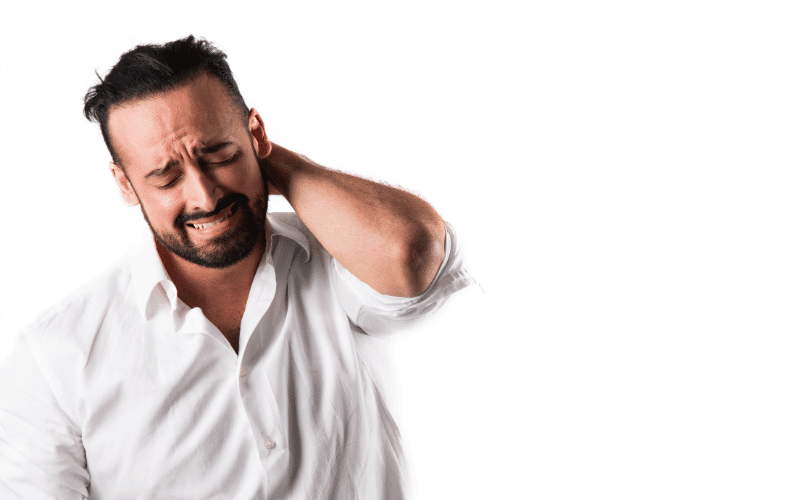Symptom 6. Physical Pain: When Depression Hurts

Depression can manifest itself not only as an emotional struggle but also as physical pain. Men with depression may experience a wide range of physical symptoms, including headaches, muscle pain, back pain, and joint pain. These symptoms are often chronic and unresponsive to typical pain management treatments, such as over-the-counter painkillers.
The connection between depression and physical pain is complex and multifaceted. Depression can cause physical pain by altering the way the brain processes pain signals, increasing inflammation throughout the body, and affecting the body’s stress response. Additionally, physical pain can contribute to the development and exacerbation of depressive symptoms.
Men with depression may be less likely to recognize and seek treatment for physical pain, leading to a higher risk of chronic pain and disability. It is essential to address both the emotional and physical aspects of depression to achieve effective treatment outcomes. A comprehensive treatment plan may include a combination of medication, therapy, and lifestyle changes.
Physical activity has been shown to be effective in reducing depressive symptoms and improving physical function in men with depression. Exercise releases endorphins, natural chemicals in the brain that promote feelings of pleasure and well-being. Additionally, physical activity can help reduce inflammation and improve sleep, both of which can alleviate physical pain.
If you are experiencing physical pain and suspect that it may be related to depression, it is essential to consult a healthcare professional. They can help determine the underlying cause and recommend appropriate treatment options. With proper treatment and management, it is possible to reduce physical pain and improve overall quality of life for men with depression. (6)